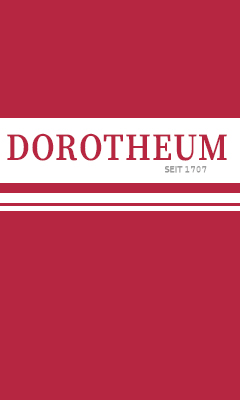Order of the Legion of Honour, Type I, Grand Eagle (1808-1813)
SKU: 01.FRA.0109.123.01
Estimated market value:

Estimated market value:
Attributes
History
During the First Republic, the orders of Saint Michael, of Holy Spirit, and of Mount Carmel and Saint Lazarus of Jerusalem were rescinded. Since then, France was devoid of any system of awards or honors. On 19 May 1802, the Legion of Honour was established by a vote of the First Council who approved the formation of the Legion, 166 votes against 110. The Legion was the first European Order that was created as an Order of Merit, based on the principle of equality of birth, and which was open to individuals of all ranks and professions; only merit or bravery counted.
The Legion of Honour was proposed by Napoleon Bonaparte to the First Council, to create a reward to commend civilians and soldiers who had served the Republic, promoted republican principles and French interests. The Legion would ensure political loyalty and unity among the new French Republic.
The first decorations were conferred in the anniversary of the Storming of the Bastille on July 14, 1804. They were awarded to French military personnel, wounded, and civilians who had served to the Republic cause during the Revolution period (1789-1798). On August 19, 1804 Napoleon awarded the Order by second time to Officers who were in command of the army gathered in Boulogne; around 2000 crosses were awarded that day.
Since its foundation, the reverse inscription has stood "HONNEUR ET PATRIE,” which translates to “Honour and Fatherland.” However the obverse inscription has changed as a reflect of political changes in France throughout its convoluted history.
Nowadays, it is the most prestigious decoration awarded within France.
Following the usual classification, in MB the Legion of Honour is divided into ten Types according to its design changes. Type I includes all the models of the First Empire (1804-1813); Type II includes the decorations of the First Restoration and Hundred Days (1814-1815); Type III includes the Legion during the Second Restoration (1816-1830); Type IV includes the Legion during the July Monarchy (1830-1848); Type V consists of the decoration of the Second Republic (1848-1851); Type VI consists of “La Presidence” model (1851-1852); Type VII consists of the decoration during the Second Empire (1852-1870); Type VIII, IX, and X consist of the decorations of the Third, Fourth, and Fifth Republics, respectively.
During the First Empire (1804-1813), the following features are known; the “Large Head” model features a large facing-right portrait of Napoleon on the obverse, together with a facing-left eagle figure on the reverse medallion; the “Small Head” model features a small facing-right portrait of Napoleon on the obverse, together with a facing-left eagle figure on the reverse; the second “Small Head” model features a medium facing-right portrait of Napoleon on the obverse, together with a large facing-right eagle figure on the reverse; finally, the “Biennais” model features a large facing-right portrait of Napoleon with enameled laurel crown on the obverse, together with a facing-left eagle on the reverse medallion.
The Biennais model was made by Martin-Guillaume Biennais, Paris; they displayed green enameled crowns on the obverse medallion, and more elaborate surmounting crowns. There are very rare models.
The original grades were Collar, Grand Eagle (1805), Commandant, Officer, and Legionary. By decree, the first four grades were made in gold, while the Legionary was made in silver and gold. The new Legionnaire had to be sworn into the Order.
The models belonged to the First Empire, Type I, are divided into four Types according to the statute's changes. These are Type I (1804-1806); Type II (1806); Type III (1806-1808); and Type IV (1808-1813).
In Type IV, the versions between 1808-1813 have surmounted large crown with two points affixed suspension on the top arm. Also, there are known the four models, “Large Head”, “Small Head”, and Biennais model. All grades features ball finials. There are extremely rare version that featured eagles on the crown suspension; however, they are different eagles from the Second Empire.
On March 1 1808, the Legionnaire became Knight.
The Biennais model are known since 1806.
The crosses feature an obverse inscription that stand NAPOLEON EMP. DES FRANCAIS which translates to "Napoleon Emperor of French", and a reverse inscription that stand "HONNEUR ET PATRIE,” which translates to “Honour and Fatherland.”
The Grand Eagle was created later than the other four grades, on January 30, 1805. It may have either ball finials or not. They feature simple ring suspensions.
A Grand Eagle from General Comte d'Hautpoul (1754-1807) was sold for 121.000 euro in 2008.

Versions
$30000+ USD
Gold/Enamelled
Obv: NAPOLEON EMP. DES FRANCAIS Rev: HONNEUR ET PATRIE
70-83mm
Martin-Guillaume Biennais, Paris


Comments
Sign in to comment and reply.


Scroll Top